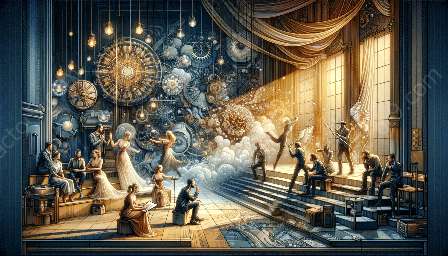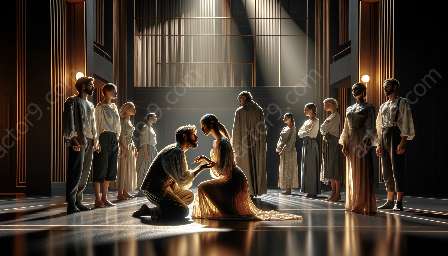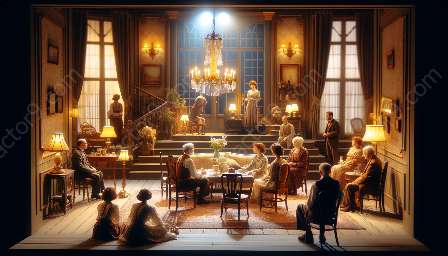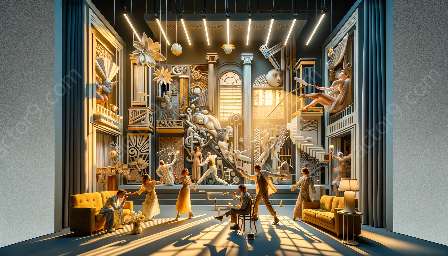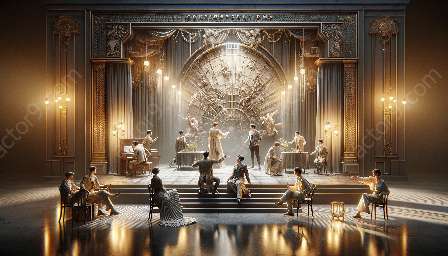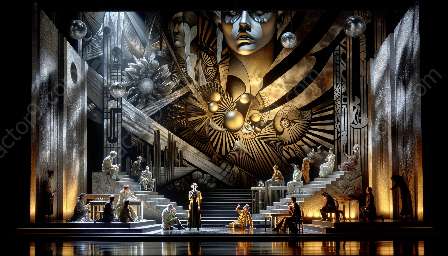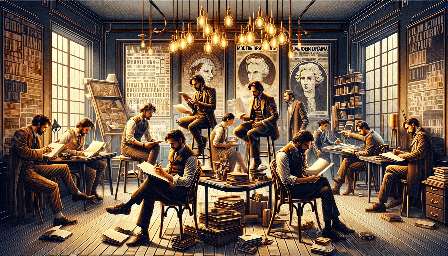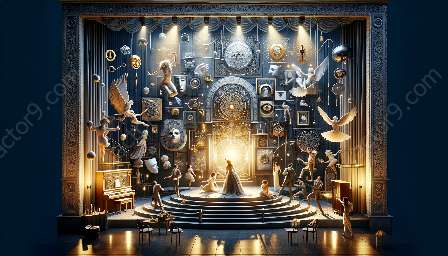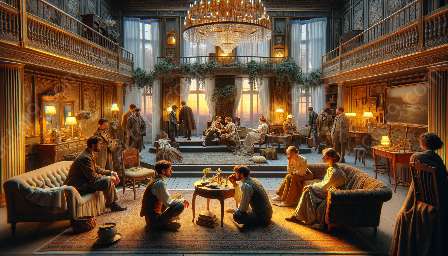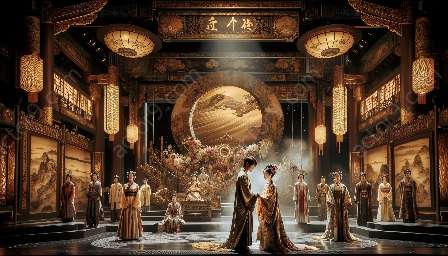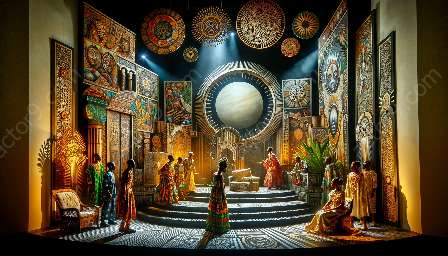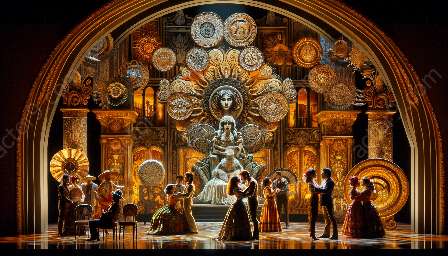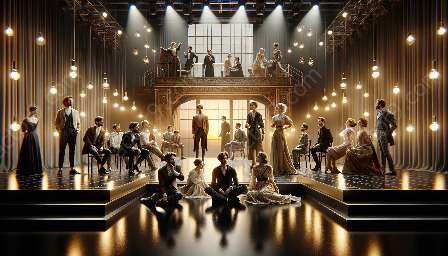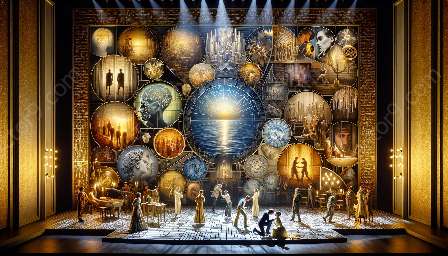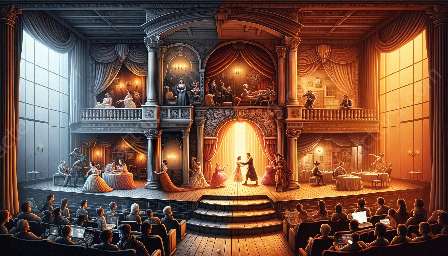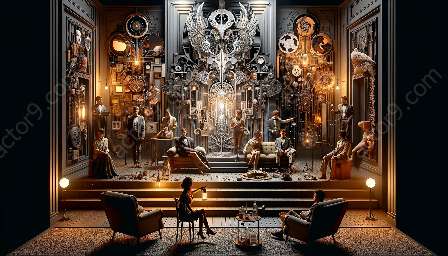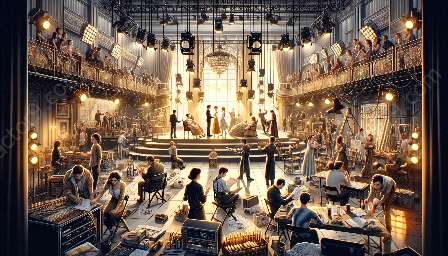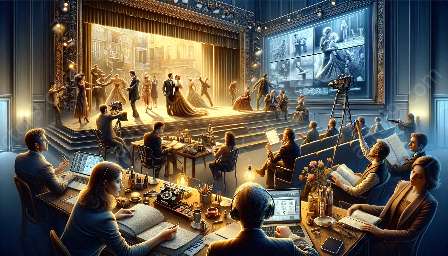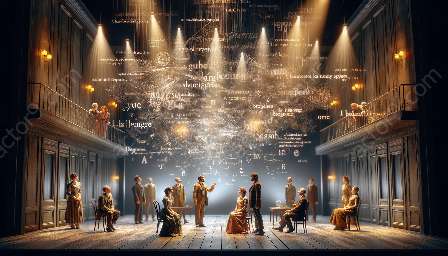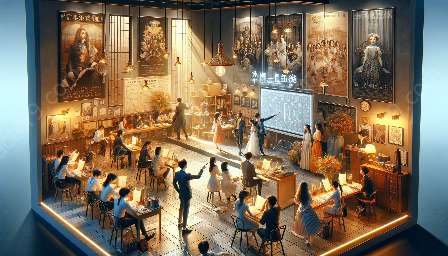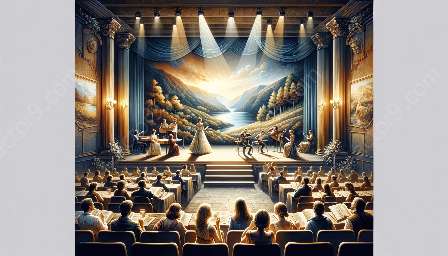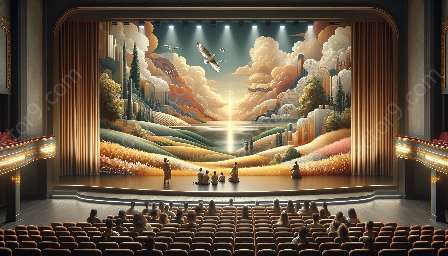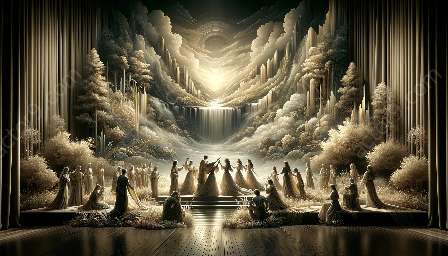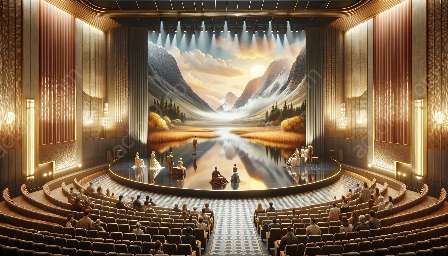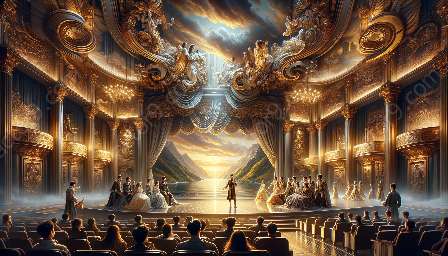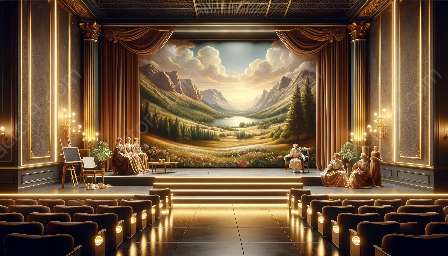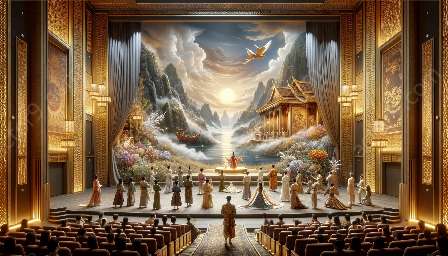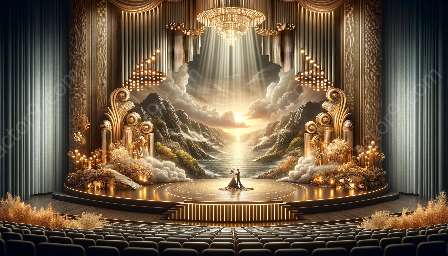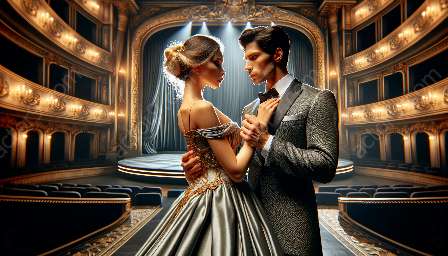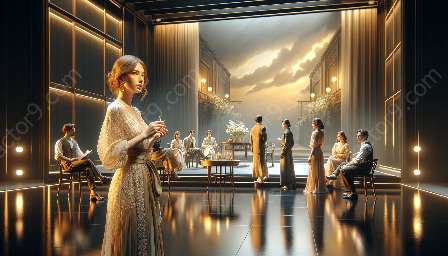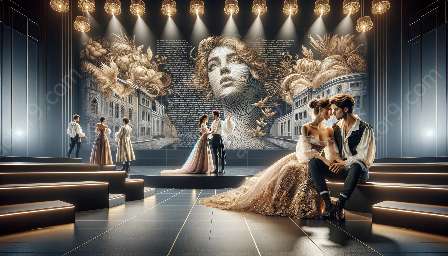Modern drama has increasingly incorporated elements of physical theater and movement, enabling playwrights to explore new dimensions of storytelling and expression. This evolution has been influenced by the works of renowned modern drama playwrights and the changing dynamics of modern theatrical performances.
The Influence of Modern Drama Playwrights
Modern drama playwrights have played a significant role in the integration of physical theater and movement into contemporary theatrical productions. As pioneers of innovative storytelling techniques, playwrights such as Sam Shepard, Sarah Kane, and Simon Stephens have embraced the use of physicality and movement to convey intricate emotions, establish powerful visual compositions, and challenge traditional narrative structures.
For instance, Sam Shepard's groundbreaking works, such as 'Buried Child' and 'True West,' incorporate elements of physical theater to emphasize the characters' internal conflicts and societal tensions. The physicality of the performances in Shepard's plays amplifies the psychological depths of the characters, creating a visceral connection with the audience.
Similarly, Sarah Kane's influential plays, including 'Blasted' and '4.48 Psychosis,' employ physical theater and movement as integral components of her radical and challenging narratives. Through the fusion of movement and dialogue, Kane's works evoke a raw and elemental theatrical experience, blurring the boundaries between traditional storytelling and physical expression.
Simon Stephens, known for plays such as 'The Curious Incident of the Dog in the Night-Time,' has embraced physical theater to vividly portray the complexities of human relationships and psychological landscapes. His collaboration with innovative directors and choreographers has elevated the role of movement in modern drama, offering audiences a multi-sensory engagement with the narrative.
The Evolution of Modern Drama
Advancements in modern drama have mirrored society's shifting perceptions of performance art and the integration of physicality into storytelling. The evolution of modern drama has been characterized by a growing emphasis on immersive and sensorial experiences, prompting playwrights to explore non-verbal communication and kinetic expression.
Physical theater and movement have emerged as tools for modern playwrights to challenge the limitations of language and traditional theatrical conventions, enabling them to convey narratives through a universal physical language that transcends cultural barriers. This integration has enriched the theatrical landscape, offering a diverse range of storytelling possibilities and creating dynamic dialogues between text and physicality.
Impacts on Audience Engagement
The incorporation of physical theater and movement in modern drama has redefined audience engagement, fostering a deeper connection between spectators and performances. The visceral nature of physical theater elicits a profound emotional response from audiences, creating immersive and thought-provoking experiences that extend beyond verbal dialogue.
By embracing movement as a fundamental aspect of storytelling, modern drama has expanded its reach to diverse audience demographics, transcending linguistic and cultural boundaries. This inclusive approach to storytelling has empowered audiences to actively participate in the interpretation of narratives, encouraging a richer and more inclusive theatrical experience.
Conclusion
In conclusion, the incorporation of physical theater and movement in modern drama has redefined the boundaries of theatrical expression, offering playwrights innovative avenues for storytelling and engaging audiences in multidimensional experiences. Influenced by the works of prominent modern drama playwrights and the evolving dynamics of contemporary theater, the integration of physicality has become a powerful tool for exploring the complexities of human experience and challenging conventional narrative forms. As modern drama continues to evolve, the fusion of physical theater and movement will undoubtedly shape the future of theatrical performances, inspiring new generations of playwrights and captivating audiences with its transformative power.


